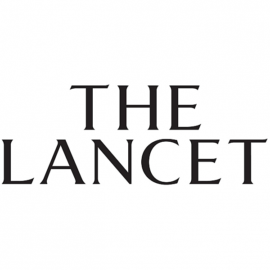
Zheng Yi , Alison E Brown, Brian D Rice, Gaetano Marrone, Anders Sönnerborg, Barbara Suligoi, Andre Sasse, Dominique Van Beckhoven, Teymur Noori, Vincenza Regine, Valerie C Delpech
Eurosurveillance, Volume 26, Issue 33, 19/Aug/2021
Abstract
Background
The assumption that migrants acquire human immunodeficiency virus (HIV) before migration, particularly those from high prevalence areas, is common.
Aim
We assessed the place of HIV acquisition of migrants diagnosed in four European countries using surveillance data.
Methods
Using CD4+ T-cell count trajectories modelled to account for seroconversion bias, we estimated infection year of newly HIV-diagnosed migrants residing in the United Kingdom (UK), Belgium, Sweden and Italy with a known arrival year and CD4+ T-cell count at diagnosis. Multivariate analyses identified predictors for post-migration acquisition.
Results
Between 2007 and 2016, migrants constituted 56% of people newly diagnosed with HIV in the UK, 62% in Belgium, 72% in Sweden and 29% in Italy. Of 23,595 migrants included, 60% were born in Africa and 70% acquired HIV heterosexually. An estimated 9,400 migrants (40%; interquartile range (IQR): 34–59) probably acquired HIV post-migration. This proportion was similar by risk group, sex and region of birth. Time since migration was a strong predictor of post-migration HIV acquisition: 91% (IQR: 87–95) among those arriving 10 or more years prior to diagnosis; 30% (IQR: 21–37) among those 1–5 years prior. Younger age at arrival was a predictor: 15–18 years (81%; IQR: 74–86), 19–25 years (53%; IQR: 45–63), 26–35 years (37%; IQR: 30–46) and 36 years and older (25%; IQR: 21–33).
Conclusions
Migrants, regardless of origin, sex and exposure to HIV are at risk of acquiring HIV post-migration to Europe. Alongside accessible HIV testing, prevention activities must target migrant communities.


